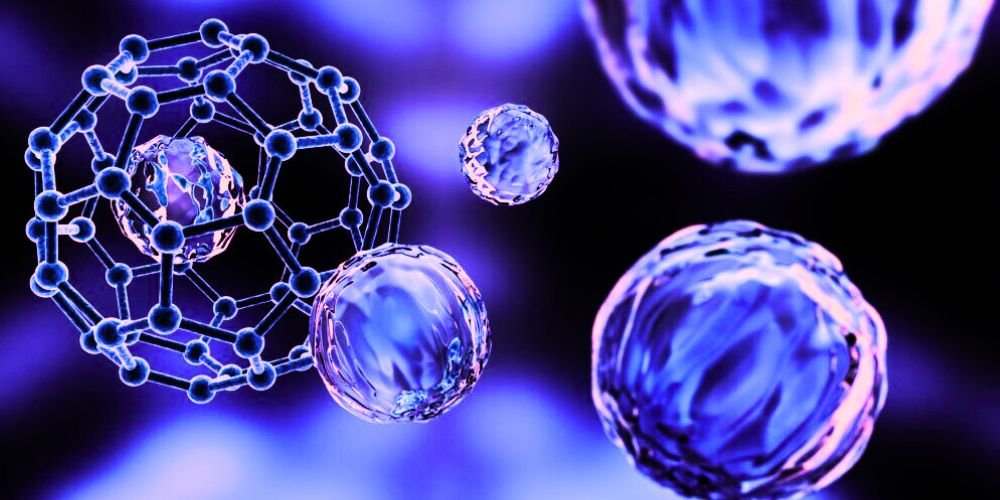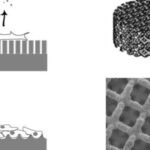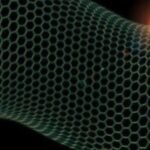In modern medicine, nanoparticle-based therapies represent a groundbreaking approach to diagnosing, treating, and preventing various diseases. By leveraging the unique properties of nanoparticles, such as their small size, high surface area, and tunable surface chemistry, these therapies offer unprecedented precision, efficacy, and versatility in combating complex medical conditions. This article explores the realm of nanoparticle-based therapies, unveiling their principles, applications, and transformative impact on healthcare.
Understanding Nanoparticle-Based Therapies
Nanoparticle-based therapies involve nanoscale particles as carriers, delivery vehicles, or therapeutic agents to target specific cells, tissues, or biological pathways within the body. These therapies leverage the principles of nanoscience, materials engineering, and biomedical science to overcome traditional limitations in drug delivery, imaging, and disease management.
Principles of Nanoparticle Design
The design of nanoparticle-based therapies encompasses several key considerations, including:
- Size and Shape: Nanoparticles can be precisely engineered to have specific sizes and shapes, which can influence their pharmacokinetics, biodistribution, and cellular uptake within the body.
- Surface Functionalization: Surface modifications with targeting ligands, antibodies, or polymers enable it to bind to disease-specific biomarkers or cellular receptors selectively, enhancing their specificity and efficacy.
- Drug Encapsulation and Release: Nanoparticles can encapsulate therapeutic agents, such as drugs, nucleic acids, or imaging agents, and release them in a controlled manner at the target site, minimizing systemic toxicity and maximizing therapeutic efficacy.
Techniques in Nanoparticle Synthesis and Fabrication
Nanoparticle-based therapies rely on advanced synthesis and fabrication techniques to produce nanoparticles with tailored properties and functionalities:
Bottom-Up Approaches
Bottom-up synthesis methods involve building nanoparticles from molecular or atomic precursors, allowing precise control over size, composition, and structure. Techniques such as chemical synthesis, self-assembly, and molecular templating enable the fabrication of nanoparticles with uniform size distributions and well-defined properties.
Top-Down Approaches
Top-down fabrication methods involve reducing larger materials into nanoparticles through mechanical, physical, or chemical processes. Examples include milling, lithography, and laser ablation, which produce nanoparticles with controlled sizes and shapes for specific therapeutic applications.
Hybrid and Composite Nanoparticles
Hybrid and composite nanoparticles combine multiple materials or components to achieve synergistic effects or multifunctionality. By integrating different nanomaterials, such as polymers, metals, or lipids, into a single nanoparticle platform, researchers can tailor their properties for enhanced drug delivery, imaging, or theranostic applications.
Applications of Nanoparticle-Based Therapies
Nanoparticle-based therapies have diverse applications across various fields of medicine and healthcare:
Drug Delivery and Controlled Release
In drug delivery, nanoparticles serve as carriers to transport therapeutic agents to specific sites of action, such as tumors or inflamed tissues. Nanoparticles can overcome biological barriers, evade immune detection, and release drugs sustainably, improving drug efficacy and minimizing side effects.
Imaging and Diagnostics
They are employed as contrast agents in medical imaging modalities, such as magnetic resonance imaging (MRI), computed tomography (CT), and fluorescence imaging. Functionalized nanoparticles can target specific tissues or biomarkers, enabling precise imaging of disease states and facilitating early detection and diagnosis.
Theranostics and Personalized Medicine
Theranostic nanoparticles integrate diagnostic and therapeutic functions into a single platform, enabling real-time monitoring of treatment response and guiding personalized therapy decisions. By combining imaging capabilities with targeted drug delivery, theranostic nanoparticles offer tailored treatments for individual patients, maximizing therapeutic outcomes while minimizing adverse effects.
Future Directions and Challenges
Despite their promising potential, nanoparticle-based therapies face several challenges and opportunities for further advancement:
Biocompatibility and Safety
Ensuring the biocompatibility and safety of nanoparticles is paramount for their clinical translation. Research focuses on optimizing nanoparticle design, surface modification, and formulation to minimize immunogenicity, cytotoxicity, and off-target effects, enhancing their therapeutic efficacy and safety profiles.
Targeted Delivery and Tissue Penetration
Improving nanoparticle targeting efficiency and tissue penetration remains a challenge, particularly for solid tumors and anatomically inaccessible sites. Enhancing nanoparticle surface properties, optimizing ligand-receptor interactions, and exploring novel targeting strategies, such as stimuli-responsive systems and microenvironmental cues, hold promise for overcoming these barriers.
Regulatory Approval and Clinical Translation
Navigating regulatory pathways and obtaining clinical approval for nanoparticle-based therapies pose significant hurdles due to their complex formulations, novel mechanisms of action, and potential long-term effects. Collaboration between researchers, clinicians, and regulatory agencies is essential to establish safety, efficacy, and quality standards for clinical translation and commercialization.
Conclusion
Nanoparticle-based therapies herald a new era in medicine, offering innovative solutions to longstanding drug delivery, imaging, and disease management challenges. By harnessing the unique properties of nanoparticles, researchers, and clinicians can develop precision therapies that target specific cells, tissues, or disease processes with unprecedented accuracy and efficacy. As nanoparticle-based therapies continue to evolve and mature, they promise to revolutionize healthcare, improve patient outcomes, and shape the future of medicine in the 21st century.











